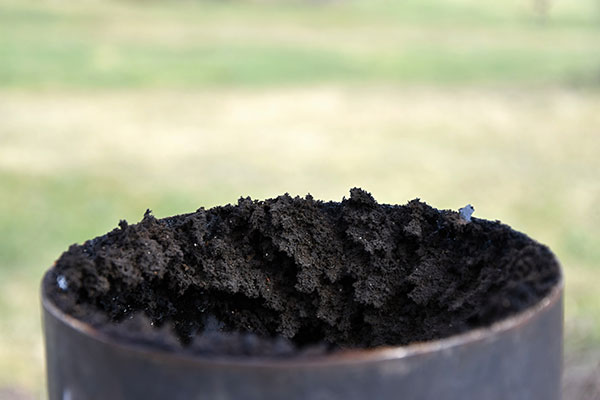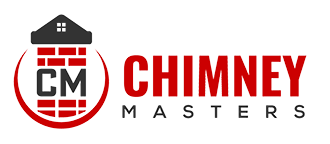We Can Remove Stage 3 Creosote With Poultice Creosote Remover (PCR)
PCR stands for Poultice Creosote Remover and is a product specifically designed to remove stage 3 creosote. Stage 3 creosote is a toxic, flammable byproduct of a fireplace that isn’t burning efficiently. Not only can it threaten the structural integrity of a chimney, but it also emits hazardous fumes that can be dangerous to the inhabitants of the home and the surrounding environment.
If stage 3 creosote is found on your flue tiles during an inspection, it is dangerous to remove it with traditional sweeping methods. Instead, we use PCR, which is a safer and more effective alternative. The application needs to be taken seriously and can take several days to complete.
The Application of Poultice Creosote Remover (PCR)
Poultice Creosote Remover, or PCR Creosote Remover, comes in 25-pound buckets as a dry chemical. It is a mixture of chemicals and it is not considered hazardous under the Department of Transportation Guidelines. However, it can cause severe skin burns and eye damage, allergic skin reactions, respiratory irritation, and cancer by inhalation. It can also be corrosive to metals. Needless to say, handling with care is a must.
When we apply it, we come equipped with eye protection, dust respirators, protective clothing, and gloves, and we will not handle the product until all safety precautions have been understood and followed. It is important not to breathe dust, fume, mist, spray, or vapors of this product.

Because of all the safety implications involved, this isn’t something we advise homeowners to try and handle on their own. We have been thoroughly trained and certified to properly adhere PCR to clay liners. Trust our experts from the start.
What is the PCR application process like?
- We block the flue at the thimble of the flue so fumes or dust won’t circulate into your home.
- The contents are mixed with clean water to form a slurry – it’s the slurry that will adhere to the walls of creosote.
- An applicator will be dropped into the flue, after which the slurry will be scooped and dropped onto the applicator. We will then use a wench system to pull it to the top while the mix adheres to the liner wall.
- Once the product is fully applied, we will cap the top of the chimney off in case of rain and let the wet mix fully dry. Depending on the weather, this could take 24 to 48 hours.
Once the mixture is dry and the thimble is removed, there might be some debris that will fall into the firebox. This is to be expected and the rest of the chimney will be swept as normal, hopefully knocking the rest of the stage 3 creosote from the walls in the process.
We can now safely remove all the debris and will run a camera up the flue again to inspect the clay tiles to see their condition.
What happens after the application process is complete?
Based on what we see during the camera inspection, there are a few possibilities:
- If there is still creosote in the flue, this will warrant applying a second coat of the PCR.
- If the creosote has been removed and the clay tiles look to be in decent shape, your system should be all set.
- If the tile is free from creosote, but there is flue tile damage, it will need to be repaired or replaced.
How to Avoid Stage 3 Creosote
To reduce the risks posed by an accumulation of stage 3 creosote in your chimney:
- Have a professional regularly check for buildup
- Install chimney caps with proper ventilation
- Limit wood burning to less than four hours per fire
- Use seasoned hardwood for fireplace fires
With proper maintenance and awareness of the dangers of Stage 3 creosote in your chimney, you can protect yourself and your family from harm.
Schedule With Us Today
Stay safer when burning your fires by working with our Chimney Safety Institute of America (CSIA)-certified experts. Call Chimney Masters at 301-972-9158 or schedule your appointment online today.
Our comprehensive chimney repairs include chimney relining to keep your chimney functioning safely, year after year.
